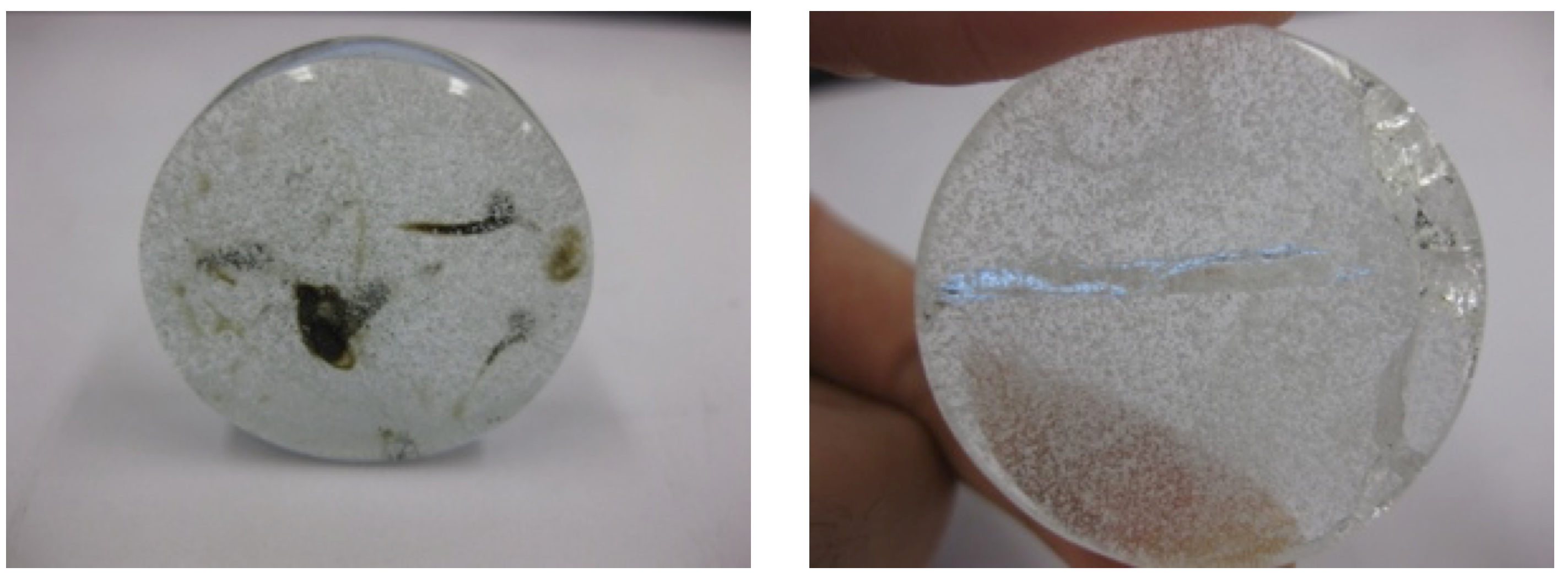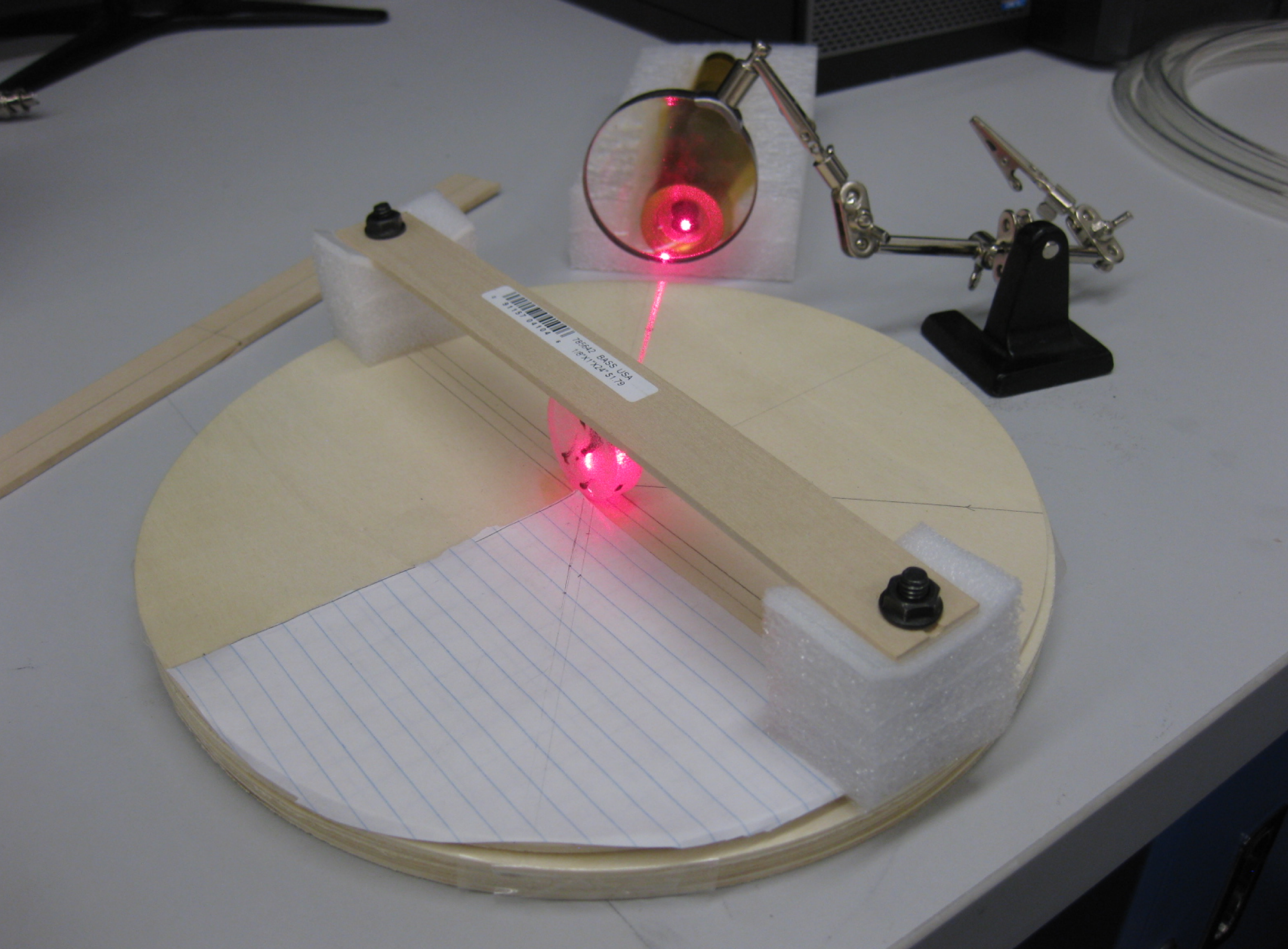Cherenkov Radiation is a phenomenon that takes place when an energetic charged particle, an electron for example, is travelling faster than the speed of light through a medium that has a refractive index greater than 1 and interacting with the molecules of that medium to generate photons with wavelengths in the range of the violet color creating a blue glow. Cherenkov detectors have been used in several fields such as accelerator experiments, astrophysics experiments, radiochemistry and biology since the discovery of Cherenkov radiation in 1934. Cherenkov detectors have several advantages over other detector types, including fast response time and insensitivity to low-energy radiation.The goal of this project isto engineer, manufacture and test Cherenkov glass detectors for detection of high energy of gammas and neutrons with increasing sensitivity.
Glass making is an important component of this work. The glass detectors are crafted in strictly controlled environment. Our MELLEN NACCI furnace is designed to operate up to 1250 °C (2282 °F). A cylindrical quartz retort is used to form a sealed cavity for glass making. Glass ingredients are melted in a platinum crucible and poured into a boron nitride mold. After cooldown, the glass disk is then polished and characterized. Its refractive index is measured using a 650 nm laser source. Cherenkov light is measured with a Hamamatsu PMT when the glass samples are exposed to radiation sources.
Several glass samples have been manufactured in our lab. Our current efforts focus on improving the optical quality and radiation sensitivity of the glass samples and building a Monte Carlo simulation platform for our Cherenkov detectors.
The retort (left) and the furnace (right) used in this work

Glass Samples

Refractive Index Measurement
